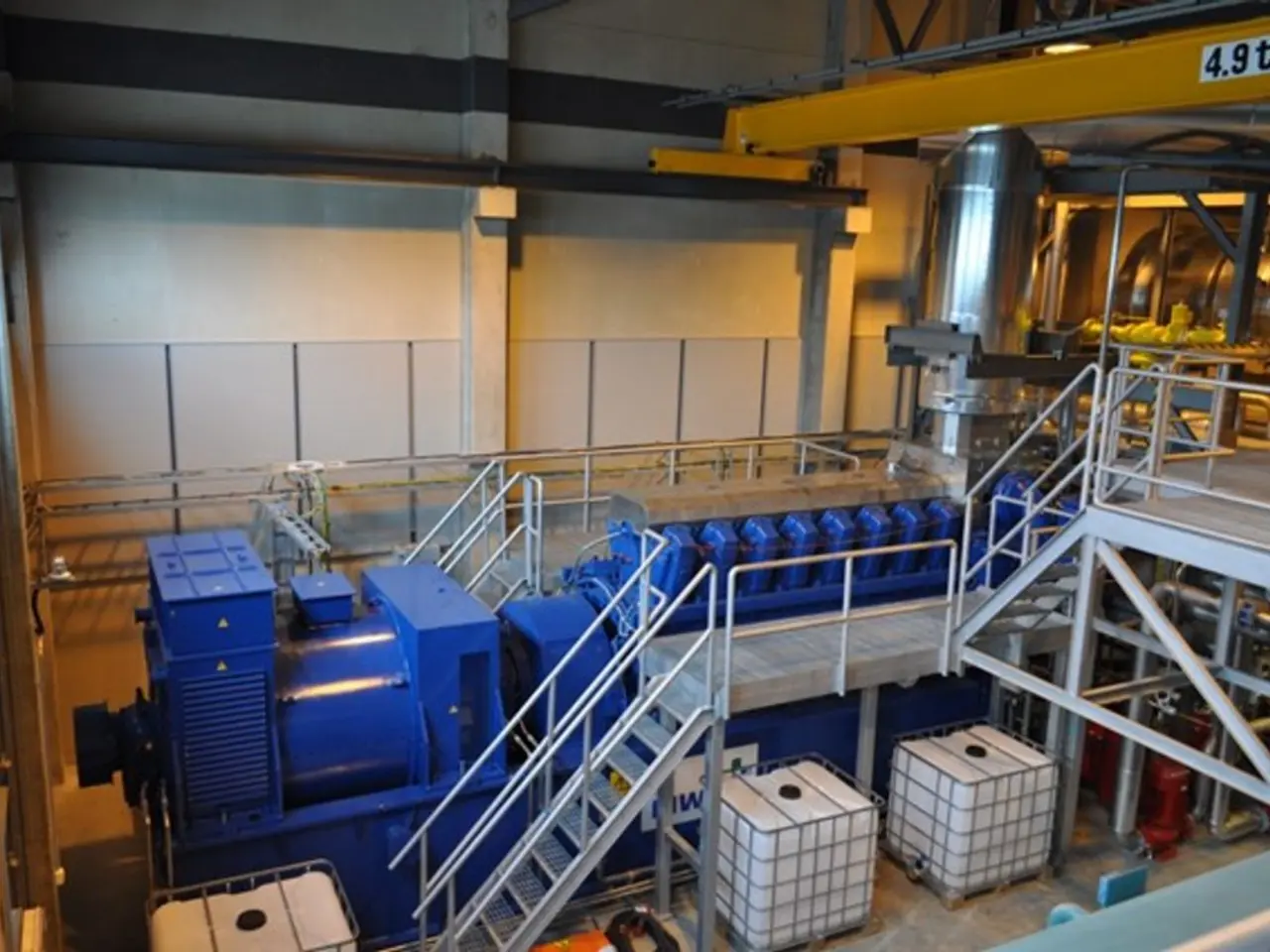Australia's Dedication to Building a Blockchain-Based Financial Infrastructure, Dubbed the Acacia Project
The Acacia Project, a groundbreaking digital transformation initiative, is currently in its pilot phase, focusing on the use of Central Bank Digital Currencies (CBDCs), stablecoins, and deposit tokens to support tokenized asset markets in Australia's wholesale financial sector.
The project, driven by the Reserve Bank of Australia (RBA) and the Digital Finance Cooperative Research Centre (DFCRC), is being developed in a regulated and controlled environment, backed by the Australian Securities and Investments Commission (ASIC), the Australian Prudential Regulation Authority (APRA), and the National Treasury.
The pilot phase, which began on July 10, includes a six-month trial with 24 selected use cases, 19 of which involve real transactions with digital money. The trial covers a wide range of assets, including fixed income, private markets, commercial receivables, carbon credits, and new ways of operating with RBA settlement accounts.
Key focus areas of the Acacia Project include demonstrating how wholesale CBDCs can enable atomic delivery-versus-payment (DvP) settlement of tokenized securities, testing interoperability between different forms of digital money, exploring use cases for tokenized trade payables and tokenized bonds, and creating a regulatory sandbox environment to facilitate innovation while ensuring safety and compliance.
Major Australian banks like Commonwealth Bank, ANZ, and Westpac, international actors like JPMorgan, and various local fintechs are participating in the trial. The use of blockchain platforms like Hedera, Redbelly Network, and R3 Corda is being explored for integrating with RBA settlement accounts.
ANZ is leading tests on tokenized accounts receivable and bonds, using CBDC for secure, risk-free settlements. Commissioner Kate O'Rourke emphasized that these technologies can bring real improvements to wholesale markets and that controlled tests will allow the bank to evaluate opportunities and risks prudently.
The results of the Acacia Project's second phase, due in the first quarter of 2026, are expected to define the future of Australian financial infrastructure. As a leading example for other central banks and financial markets, Project Acacia has the potential to unlock new economic opportunities, provide a tested framework for safe, efficient wholesale CBDC settlement models, and influence how international markets handle digital asset settlement and interoperability.
The project could also influence policy decisions on the adoption and regulation of digital assets in other countries, as temporary regulatory exemptions granted by ASIC allow participants to experiment with digital assets not yet covered by current legislation.
In summary, the Acacia Project is a significant step towards embedding CBDCs and tokenized assets into mainstream financial infrastructure, positioning Australia as a global leader in digital finance innovation and helping shape the future framework for wholesale digital money ecosystems worldwide.
The Acacia Project, in its regulated environment, aims to explore the intersection of safety and technology by testing interoperability between different forms of digital money, including stablecoins and Central Bank Digital Currencies (CBDCs). Given the involvement of major banks like ANZ, which is leading tests on tokenized accounts receivable and bonds, this project underscores the potential of finance and technology to revolutionize wholesale financial sectors.




